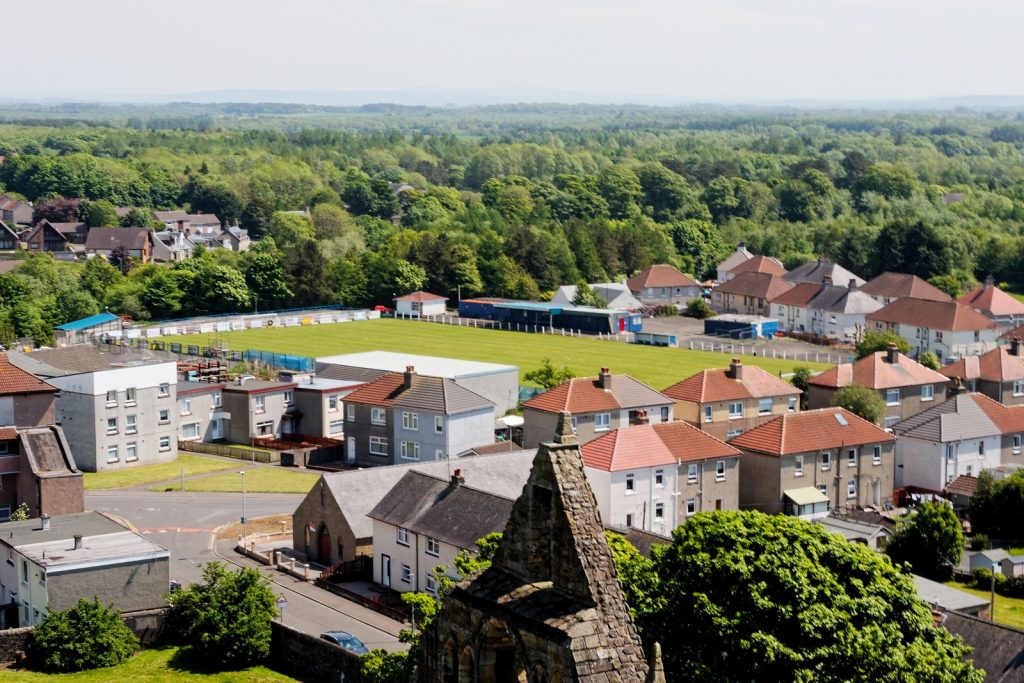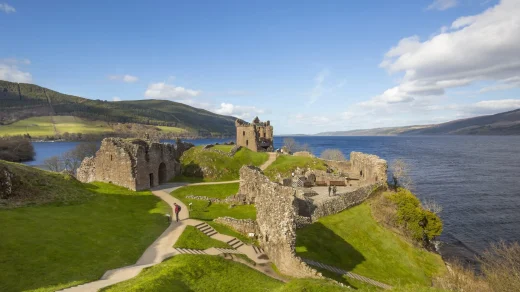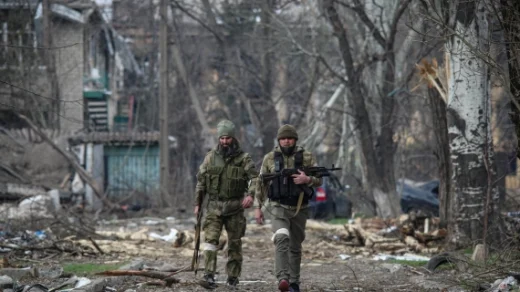Kilwinning (/kɪlˈwɪnɪŋ/, Scots: Kilwinnin; Scottish Gaelic: Cill D’Fhinnein) is a town in North Ayrshire, Scotland. It is on the River Garnock, north of Irvine, about 21 miles (34 km) southwest of Glasgow. It is known as “The Crossroads of Ayrshire”. Kilwinning was also a Civil Parish. The 2001 Census recorded the town as having a population of 15,908. The estimated population in 2016 was 16,460.
History.
According to John Hay, once the headmaster of the parish school in Kilwinning, “North Ayrshire has a history of religion stretching back to the very beginning of missionary enterprise in Scotland. The Celtic Christians or Culdees of the period of St Columba and St Mungo found here, in this part of Scotland, a fertile field for the propagation of the faith. Kilmarnock, Kilbride, Kilbirnie, are all, like Kilwinning, verbal evidence of the existence of ‘Cillean’ or cells of the Culdee or Celtic Church.”
In the distant past, the town was called Sagtoun, or Saint’s Town, after St. Winning, the founder of an early seventh-century church on this site. However, the actual identity of St. Winning is unclear. Some scholars have associated him with the Irish saint known as St Finnian of Moville, who died in the late sixth century. Others believe he was a Welshman by the name of Vynnyn, and the Aberdeen Breviary of 1507 asserts that he was from Scotland. The work of Professor Owen Clancy of the University of Glasgow in 2001 makes another identification possible. Clancy argued that, in fact, Saint Ninian and Saint Finnian were the same person, the difference being attributed to an error on the part of a medieval scribe. If that is so, then Ninian, who was a missionary to the Picts in Scotland, and Winning, who was deemed a Scotsman in the Aberdeen Breviary, could theoretically be one and the same as the Irishman named Finnian. The Aberdeen Breviary implies he was Irish. In early medieval times the term Scots/Scotland applied also to Ireland. It speaks of the saint originating from a Scottish province, setting sail with companions, and landing at Cunninghame in Lesser Scotland, the latter being a term used in those times to refer to the country which would later be designated by name Scotland.
The original town was situated at the Bridgend and Corsehill while the other bank of the river was the site of the abbey, its outbuildings, orchards, doocot, etc.
The Kilwinning Community Archaeology Project carried out a dig in Kilwinning Abbey in 2010, which revealed much about the life of the people in the area during the medieval period.






